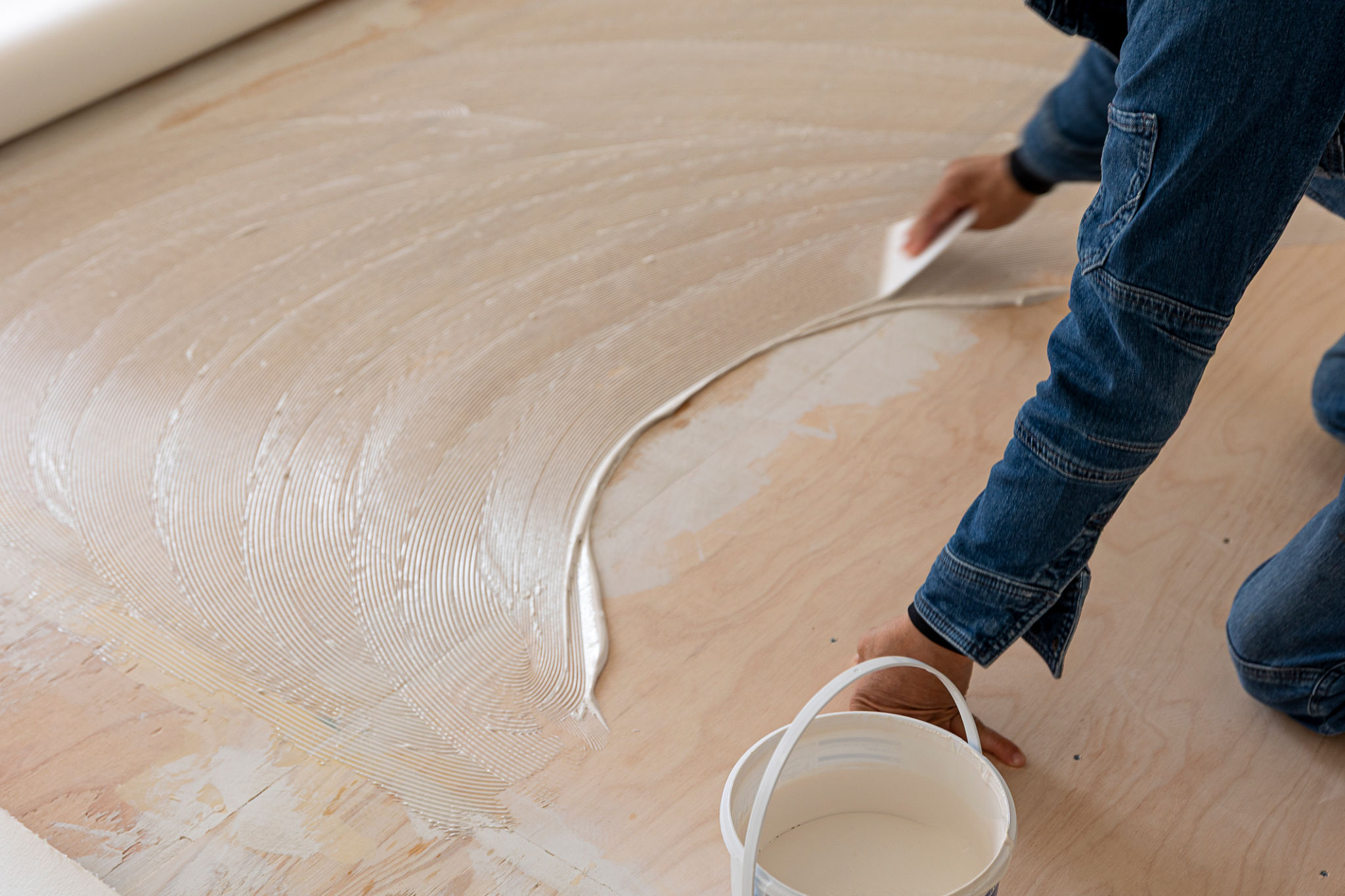Understanding the Differences: Glue-Down, Nail-Down, and Floating Floors
Introduction to Flooring Installation Methods
When it comes to installing new floors, homeowners and builders have several options. Understanding the differences between glue-down, nail-down, and floating floors is crucial for making an informed decision that suits your specific needs. Each method has its own set of advantages and considerations, so let’s explore what makes these installation techniques unique.

Glue-Down Floors
What Are Glue-Down Floors?
Glue-down flooring involves adhering the floor material directly to the subfloor using an adhesive. This method provides a permanent bond and is often preferred for its stability and durability.
Advantages of Glue-Down Installation
One of the primary benefits of glue-down floors is their stability. They minimize movement and are less likely to expand or contract due to changes in humidity or temperature. Additionally, this method is suitable for rooms with heavy furniture or high traffic, as it offers a solid foundation.

Nail-Down Floors
Understanding Nail-Down Installation
Nail-down flooring is a traditional method that involves securing planks to a wooden subfloor using nails. This technique is commonly used for installing solid hardwood floors.
Benefits of Nail-Down Floors
Nail-down installations are known for their durability and longevity. When properly installed, they can last for decades. This method also allows for easier refinishing, making it a preferred choice for those seeking a long-term investment in their flooring.

Floating Floors
What Are Floating Floors?
Floating floors are not attached to the subfloor. Instead, they rest on top and are held in place by the weight of the floor itself and interlocking mechanisms. This makes installation quicker and easier compared to other methods.
Why Choose Floating Floors?
Floating floors are ideal for DIY enthusiasts due to their ease of installation. They can be laid over various types of subfloors, including concrete and existing flooring. Additionally, they offer some flexibility, which helps absorb sound and reduce noise.

Comparing the Installation Methods
- Cost: Nail-down and glue-down methods may require professional installation, adding to the overall cost, while floating floors can often be installed by homeowners themselves.
- Time: Floating floors offer the quickest installation process, making them a convenient choice for rapid projects.
- Maintenance: Glue-down and nail-down floors generally require less maintenance over time compared to floating options.
Conclusion
Choosing the right flooring installation method depends on your specific needs, budget, and the room's requirements. Whether you prioritize ease of installation, durability, or flexibility, understanding these differences will help you make a well-informed decision that enhances your living space.
Consider consulting with a professional installer to ensure you choose the best method for your project. With the right choice, your new floors will provide comfort and style for years to come.